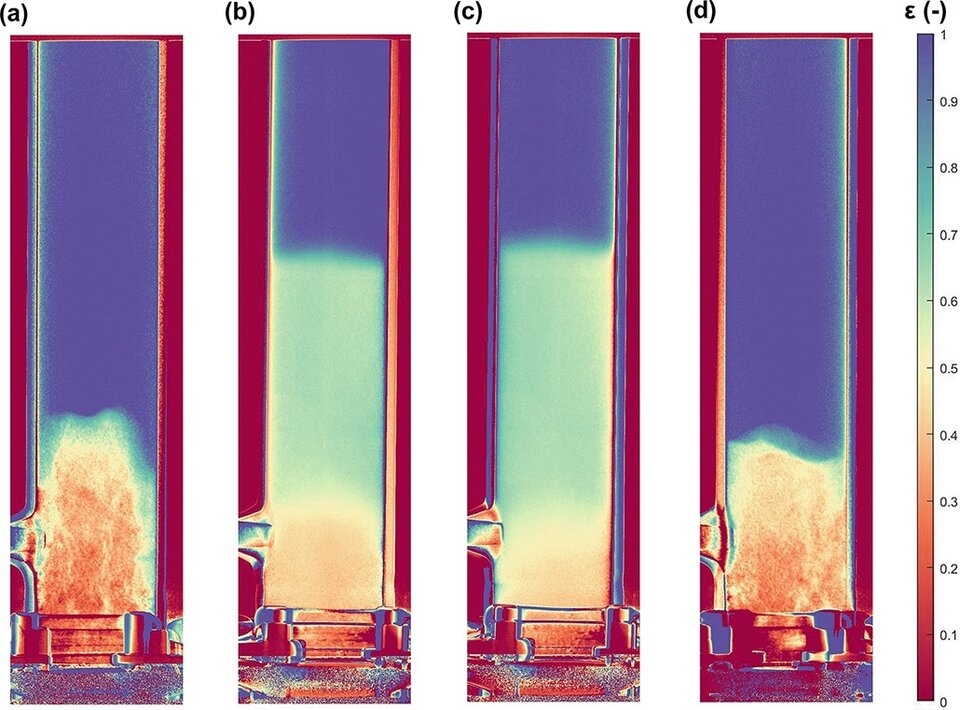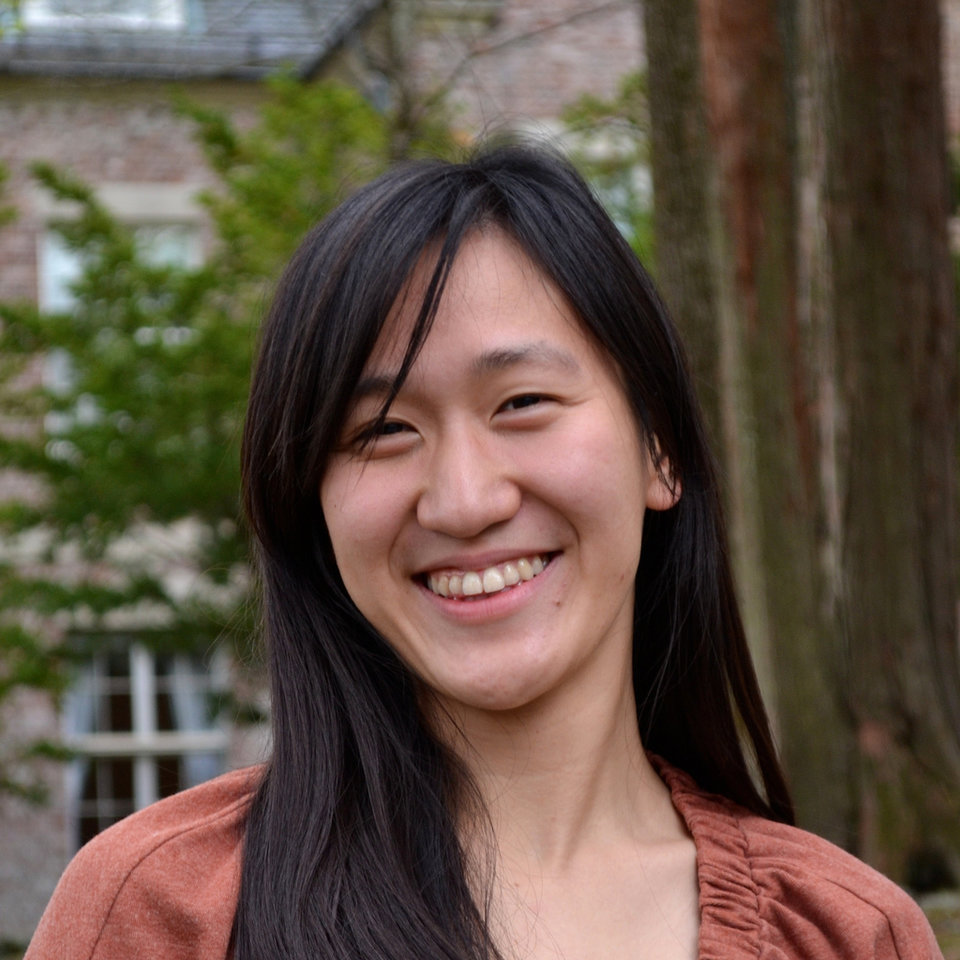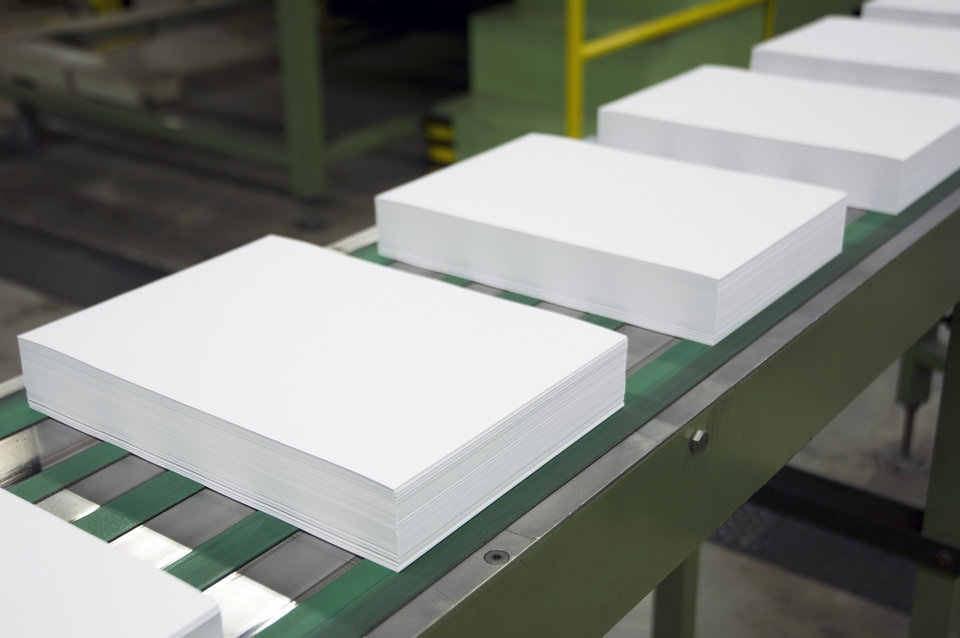News & Events
News
Events
We are busy (and involved in) organizing events throughout the year. If you do not find them in this list, the plans are not yet concrete enough to announce them. Check this calendar regularly to stay informed, or subscribe to our newsletter (see the red button below the events).








